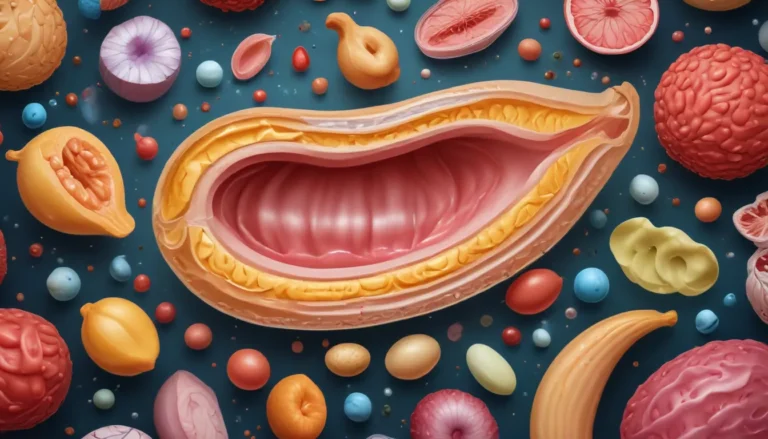A Note About Images: The images used in our articles are for illustration purposes only and may not exactly match the content. They are meant to engage readers, but the text should be relied upon for accurate information.
When delving into the realms of chemistry, one cannot overlook the importance of mass percent. This fundamental concept, also known as percent composition, serves as a cornerstone for understanding the relative amounts of different elements in a compound. From analytical chemistry to materials science and pharmaceuticals, mass percent plays a crucial role in various fields, offering valuable insights into the properties and composition of substances.
Unveiling the Mysteries of Mass Percent
Mass percent, also referred to as mass percentage or weight percentage, serves as a vital concept in chemistry. It represents the proportion of an element’s mass in a compound or mixture, providing key information for chemical calculations and composition analysis.
Deciphering the Calculation of Mass Percent
To calculate the mass percent of an element in a compound, one simply needs to divide the mass of the element by the total mass of the compound and multiply by 100. This straightforward formula allows chemists to express the percentage of the element’s mass within the compound accurately.
Embracing Mass Percent in Stoichiometry
In the realm of stoichiometry, the study of quantitative relationships in chemical reactions, mass percent plays a pivotal role. It aids in determining the necessary amount of reactants, predicting the yield of products, and understanding the composition of resulting mixtures.
Revealing the Secrets of Mixtures through Mass Percent
Mass percent serves as a powerful tool in deciphering the composition of mixtures. By analyzing the mass percent of various components within a mixture, chemists can uncover the proportions of substances present, whether in solutions, alloys, or gas mixtures.
Connecting the Dots: Mass Percent and Empirical Formulas
Mass percent plays a significant role in determining empirical formulas, which represent the simplest whole-number ratio of elements in a compound. By leveraging the mass percent of each element, chemists can unravel the empirical formula and gain insights into the compound’s molecular structure.
Drawing the Line: Mass Percent vs. Percent by Volume
It’s essential to differentiate between mass percent and percent by volume. While mass percent delves into the weight proportion of an element in a compound or mixture, percent by volume focuses on the volume ratio of a component in a solution or gas mixture.
Unveiling the World of Analytical Chemistry with Mass Percent
In the realm of analytical chemistry, mass percent takes center stage in sample analysis. Chemical analysts rely on mass percent to determine the concentration of elements or compounds in a sample, enabling them to assess its purity and quality with precision.
Exploring Industrial Applications of Mass Percent
Beyond the confines of the laboratory, mass percent finds widespread applications across various industries. From the manufacturing of pharmaceuticals to personal care products, understanding the mass percent of active ingredients and impurities is crucial for ensuring product safety and efficacy.
Conclusion: Embracing the Magic of Mass Percent in Chemistry
In conclusion, unraveling the significance of mass percent in chemistry unveils a world of knowledge and possibilities. By calculating the mass percent, scientists and researchers gain invaluable insights into the composition and concentration of substances, laying the groundwork for groundbreaking discoveries. Whether you’re a student, a researcher, or a curious enthusiast, integrating mass percent into your knowledge base will undoubtedly deepen your understanding of the captivating realm of chemistry.
FAQs: Unlocking the Mysteries of Mass Percent
-
What is mass percent?
Mass percent, also known as percent composition or weight percent, signifies the concentration or relative amount of a specific component in a compound or mixture. It is calculated by dividing the component’s mass by the total mass and multiplying by 100%. -
How is mass percent calculated?
To determine the mass percent, divide the mass of the component by the total mass and multiply by 100%. The formula is: mass percent = (mass of component / total mass) x 100%. -
Why is mass percent important in chemistry?
Mass percent is crucial in chemistry as it offers critical insights into the composition and concentration of substances, facilitating various applications such as purity assessments and solution concentration calculations. -
Can mass percent be more than 100%?
No, mass percent cannot exceed 100%. The total mass percent of all components in a compound or mixture should sum up to 100%, highlighting any errors in calculation or impurities. -
How is mass percent used in determining the nutritional value of food?
Mass percent plays a vital role in assessing the nutritional value of food by analyzing the mass percent of essential nutrients present, providing valuable insights into the dietary composition. -
Are there limitations to using mass percent?
While mass percent is a valuable tool, it comes with limitations, such as assuming uniform component distribution and lacking information on component arrangement within compounds or mixtures. -
Can mass percent be applied to gases?
Absolutely, mass percent can be utilized for gases by dividing the gas’s mass by the total gas mixture mass and multiplying by 100%, shedding light on the relative contribution of each gas component. -
Can mass percent be converted into molar percent?
Yes, mass percent can be converted into molar percent by utilizing the molar masses of components, offering insights into the proportion of components in terms of moles.
When exploring the realm of mass percent, one opens doors to a realm of knowledge and discovery. Delve into the fascinating world of chemistry with these intriguing facts about mass percent, illuminating the path to a deeper understanding of this captivating science. Whether you’re a budding chemist or a curious mind, embracing the magic of mass percent will undoubtedly enrich your scientific journey.






